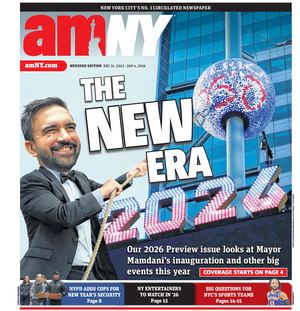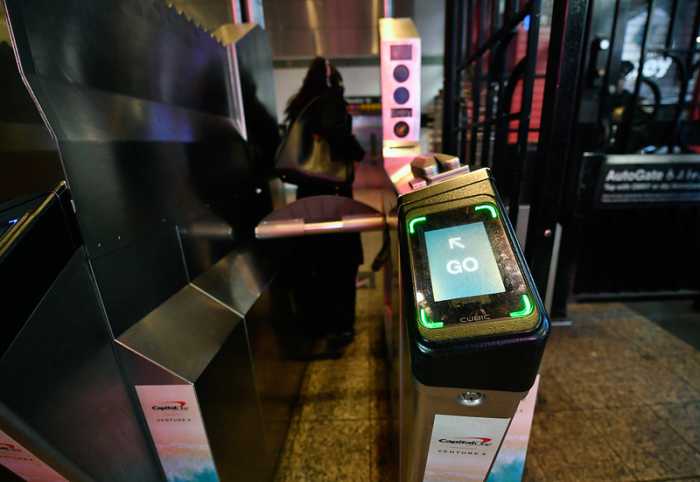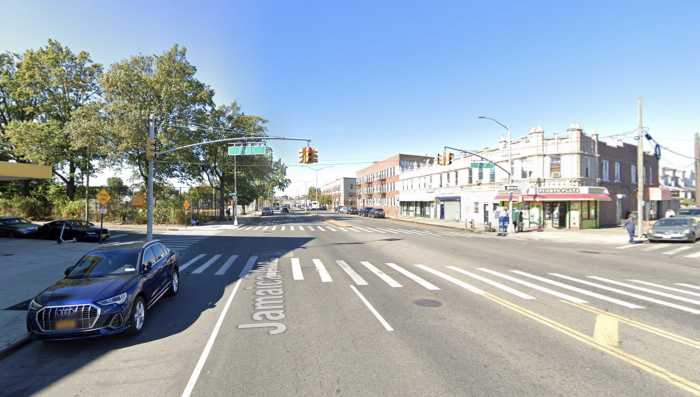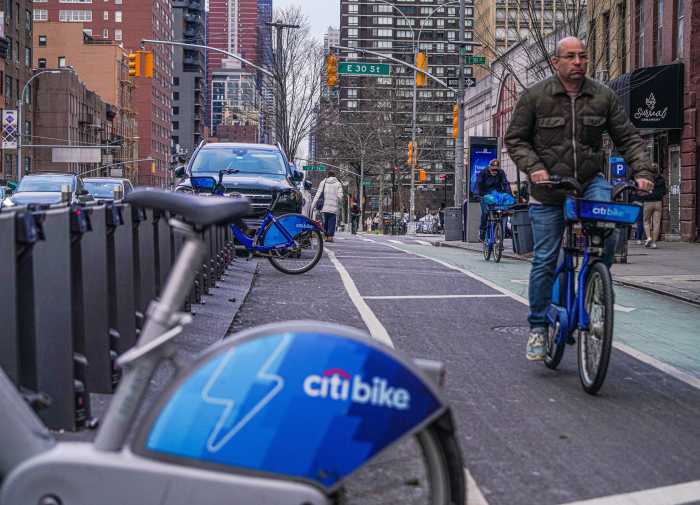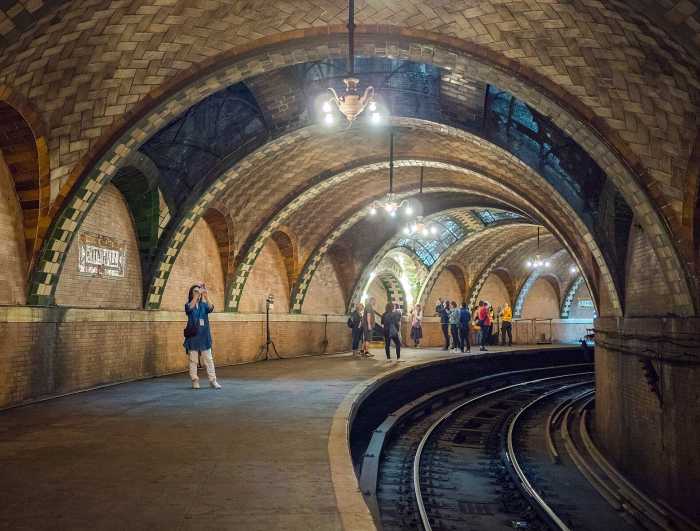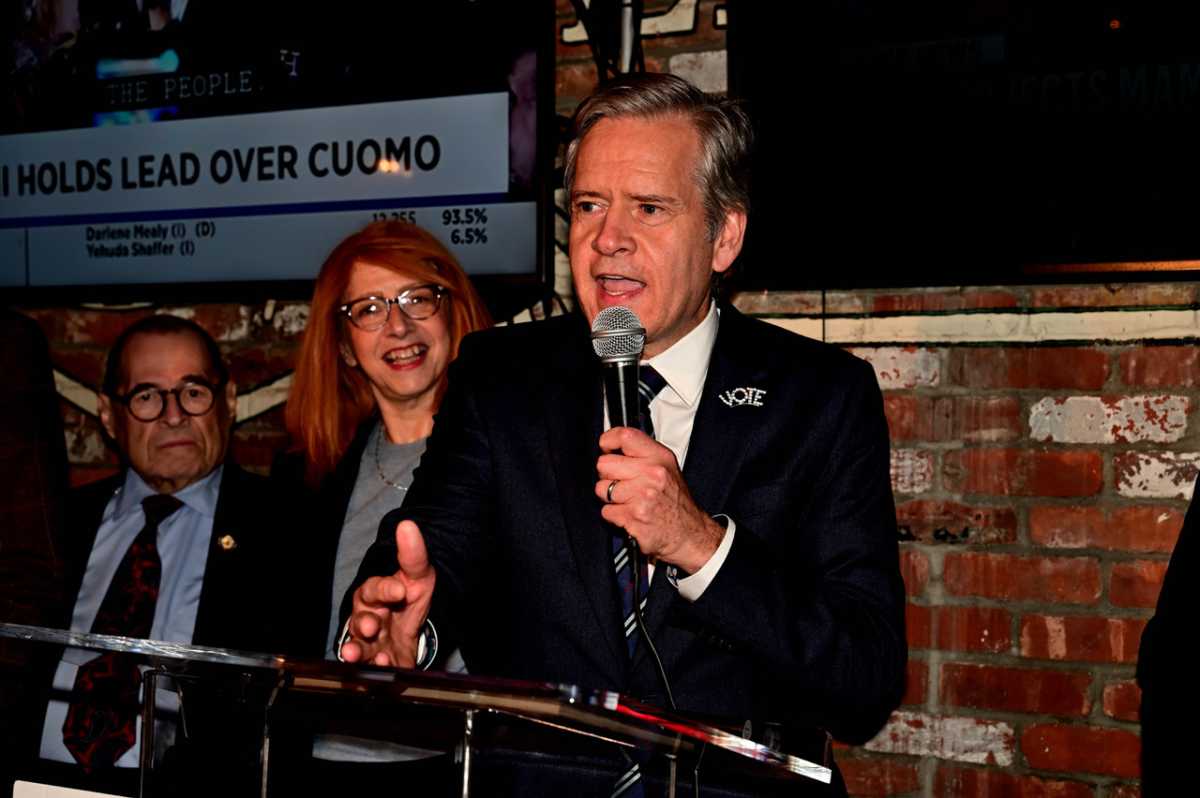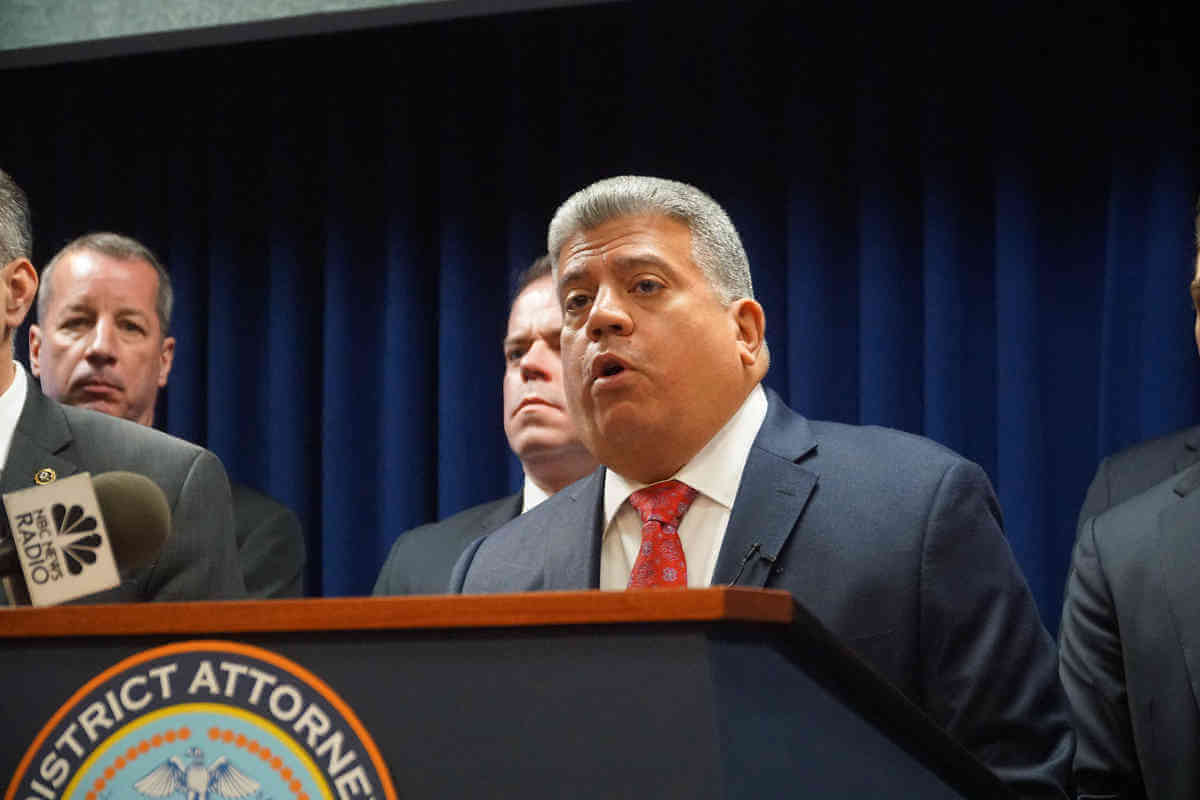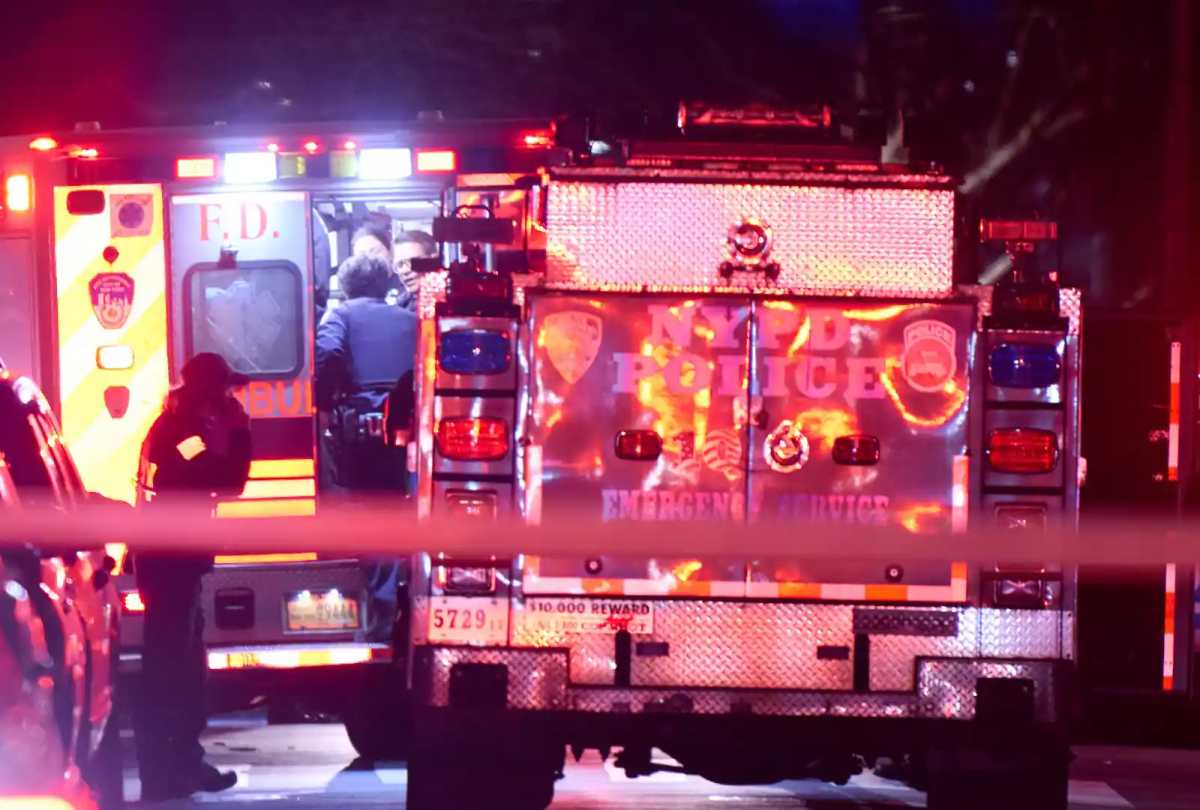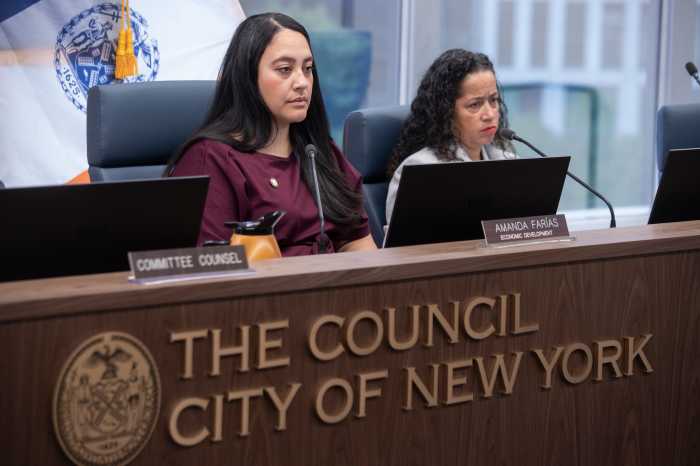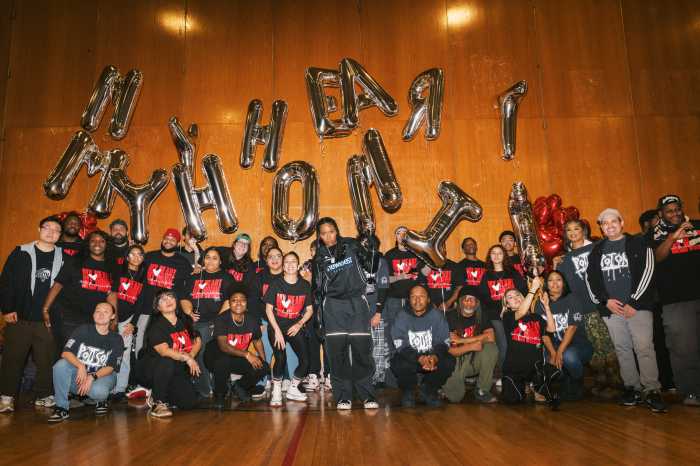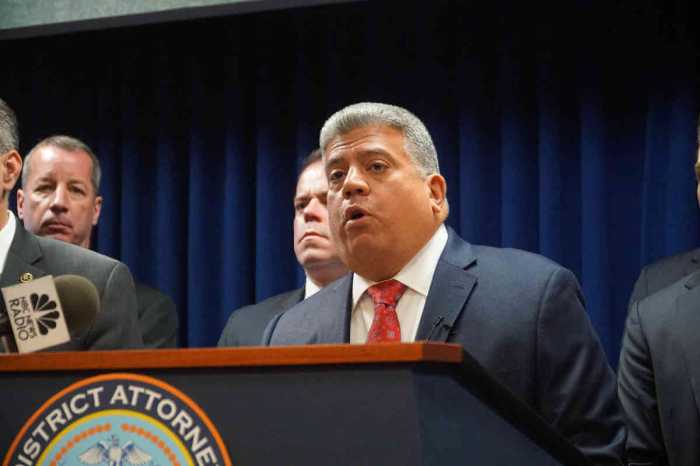The Second Avenue subway has already become an “integral” part of the city’s transit network, touted Gov. Andrew Cuomo on Wednesday.
The governor announced that Phase I of the project, which brought three new stations on the Upper East Side, has also successfully attracted riders away from the dreadfully congested subway stations nearby.
“The Second Avenue subway has already become an integral part of the Upper East Side and these ridership figures show just how important this expansion project is to the neighborhood and our economy,” Cuomo said in a statement.
After opening on New Year’s Day with limited service, the line averaged 155,000 daily riders by Jan. 27. That ridership figure includes the three new stations as well as the renovated 63rd Street station, which brought a new entrance on Third Avenue and allows for a transfer to the Q from the F train.
At the same time, the MTA has seen a drop in daily ridership on the overstuffed Lexington Avenue line just two blocks away—an important goal for the agency. Average ridership has decreased by 87,170 through Jan. 27 on the four stations that run parallel to Second Avenue’s service, when compared to the same time period last year.
“The fact that so many daily riders are using the new line has also helped to ease crowding during the morning rush at key stations on the Lexington Avenue line, making commuting easier, faster and better for thousands of New Yorkers,” said Ronnie Hakim, the MTA’s interim executive director, in a statement.
The first phase had cost $4.5 billion—among the most expensive subway projects, based on distance, in the world, experts have said. But for transit advocates, the ridership highlights the transformative impact that comes with fully funding transportation projects.
“I think that the Second Avenue subway is a good example in how investment in public transit really makes a difference in people’s lives—that’s not just true for Q train rider, but for 4, 5, 6 riders as well,” said John Raskin, executive director of the Riders Alliance.
Focus now has shifted to securing funding for Phase II of the subway, which the MTA has ball-parked to cost $6 billion. That phase will add three more stations to the line, extending it to 125th Street in Harlem.
A sense of urgency has come with the uncertainty of President Donald Trump’s administration. It’s unclear how the president will prioritize the project, which would rely on billions of federal money, though Rep. Carolyn Maloney has assured that the subway on the president’s radar.
“Waiting for it to cost less isn’t going to make it cost less; what we’ve seen is that the longer you wait, the costs go up, said Owen Gutfreund, associate professor of urban affairs and planning at Hunter College. “Governor Cuomo has shown up for the photo ops and these press releases. Hopefully that means he’s on board for a multipart project and not just squeezing publicity out of Phase I.”
